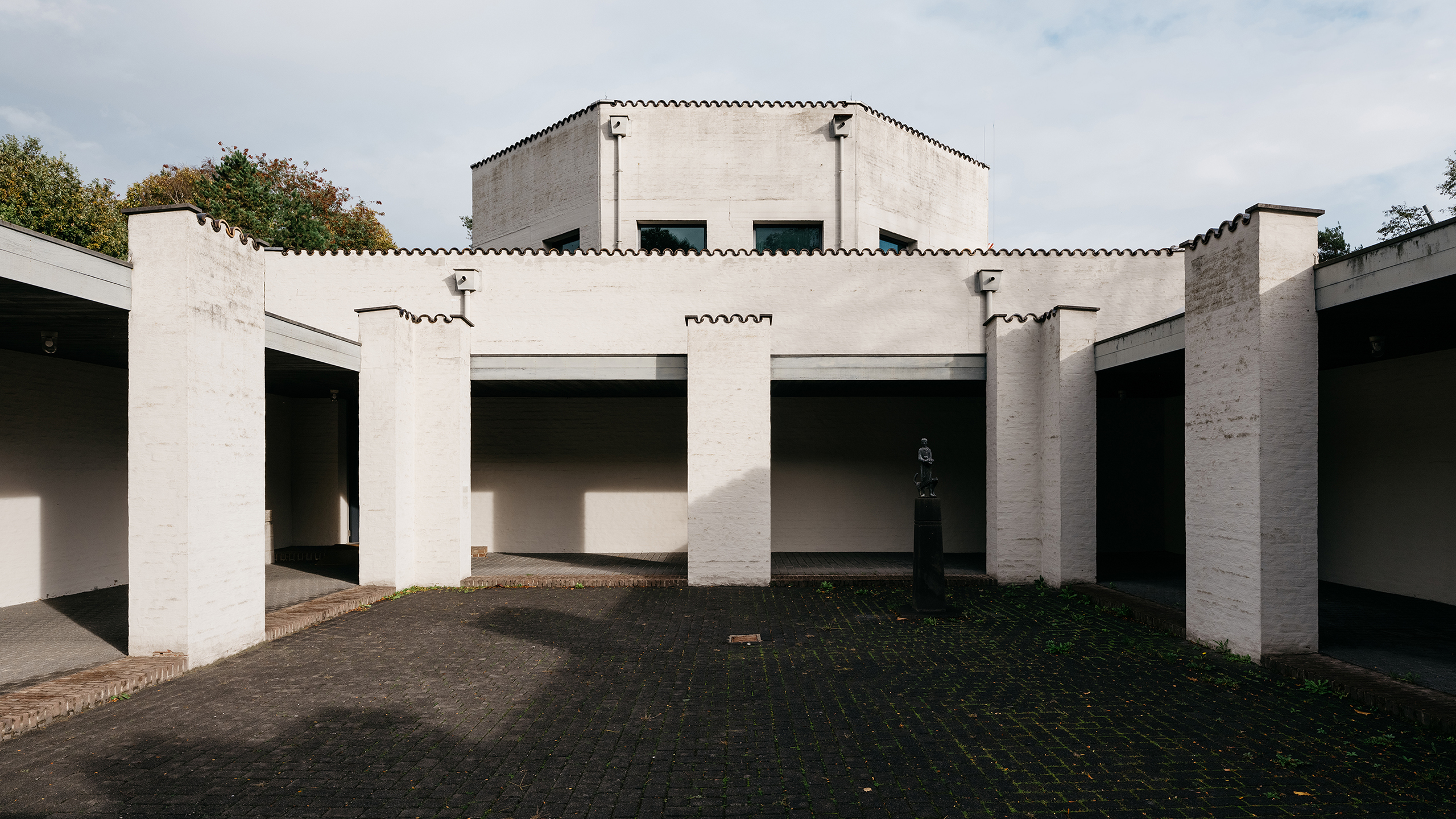Dom Hans van der Laan (1904–1991) was a Dutch Benedictine monk, architect, and architectural theorist, best known for formulating the proportional system known as the Plastic Number. His thinking grew from a deep study of monastic architecture, spatial order, and human perception, emphasizing that architecture should respond to human experience through clarity, proportion, and the essential organization of space.
As a designer, he completed only a small number of works, yet his influence is considerable. His major projects include the St. Benedictusberg Abbey in Vaals and the Roosenberg Abbey. These buildings are characterized by their heavy material presence, rigorous proportions, restrained detailing, and unified material palette—creating an archetypal sense of tranquility and timelessness.
As a theorist, he articulated his ideas most fully in “Architectonic Space,” where he developed a systematic explanation of spatial order, scale relationships, and the logic of the Plastic Number. His work positions architecture as “the art of constructing space through order.” Van der Laan’s ideas have had a lasting impact on European minimalism, monastic architectural traditions, and contemporary studies of proportion, establishing him as one of the most significant architectural thinkers of the 20th century.


